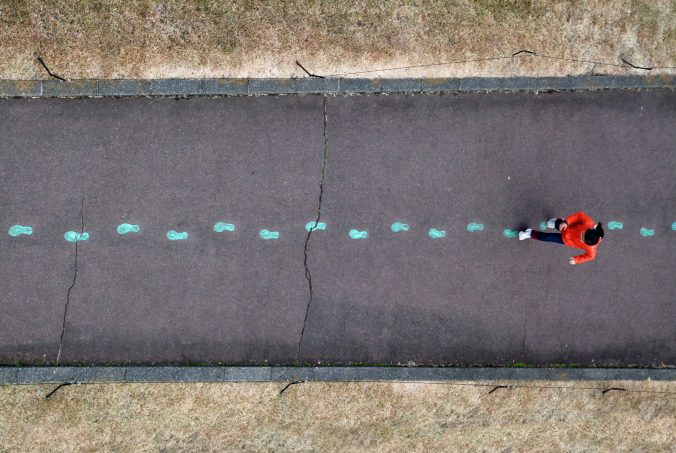
Photo by Pamela Saunders on Unsplash
When heard about PLN or Personal Learning Network, most people will directly link people, education, and online together. PLN, as a new terminology produced from network learning, represents a style of personal online studying. This process is not formal, because people may learn new things through social media besides newspapers, TV, or books. Social media such as Twitter, Facebook, and Google provides good platforms for individuals to communicate and share opinions. The meaning of using social media to form a network can group people, creating more interactions, even though in different regions or countries. People with the same or similar interest will communicate together to share and argue meaningful thoughts, which also benefits education.
From the articles posted, three purposes of PLN include build, maintain, and activate connections (Rajagopal et al.). The first purpose is building connections, for example, some people are interested in learning French and they may join the same zoom meeting which is posted on the French website. This is the first step, adding more people together to learn new knowledge. The second purpose is maintaining connections. From my perspective, an online forum helps to group and maintain people with the same interest. The last one, which is the most important purpose, is to activate connections. People with supported resources should research more related information under that topic, realizing self-study motivations. For example, on Twitter, people are encouraged to use the hashtag to express their thoughts or ideas. It is a good opportunity for viewers to learn various voices and attitudes. With different voices online, viewers may be motivated to search for new knowledge or topic, promoting a process of continuously studying.
When people communicate online, some potential risks would occur such as privacy problems. In the process of using social media, users could leak their private information unintentionally. This information could be collected to create patterns for political and business purposes. For example, Bowker stated that classification schemes were used in the apartheid South Africa to define its people’s life according to race. Incidents like this still occur nowadays, there were lots of political advertisements on Facebook before elections and political decisions. (e.g., U.S. election, Britain leaving the EU) Therefore, we should always be cautious of the information that we may receive when browsing online and using social media.
Reference:
Future Learn. What Is a Personal Learning Network (PLN)? www.futurelearn.com/info/courses/learning-network-age/0/steps/24644.
Gutierrez, Karla. What Are Personal Learning Networks? https://www.shiftelearning.com/blog/personal-learning-networks
Rajagopal, Kamakshi, et al. View of Understanding Personal Learning Networks: Their Structure, Content and the Networking Skills Needed to Optimally Use Them: First Monday. firstmonday.org/ojs/index.php/fm/article/view/3559/3131.
Surveillance & Society. Networked Privacy. ojs.library.queensu.ca/index.php/surveillance-and-society/article/view/networked/networked.



Recent Comments